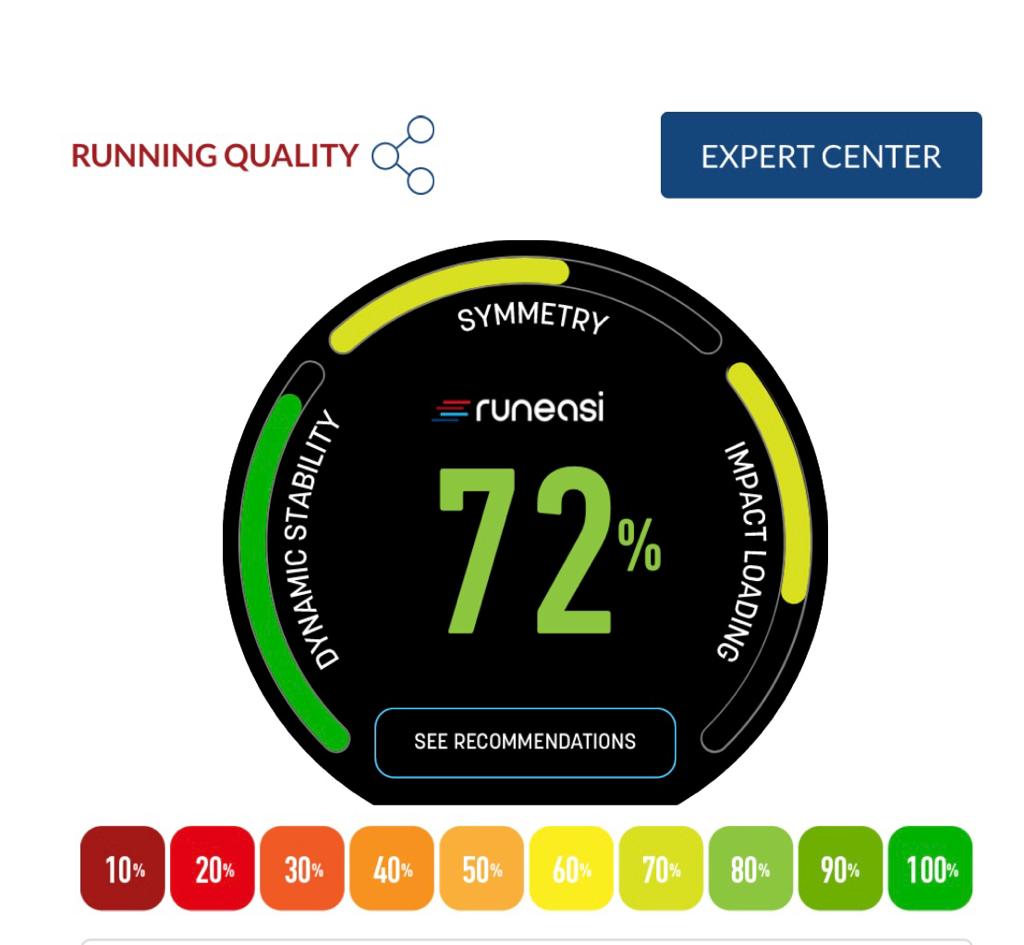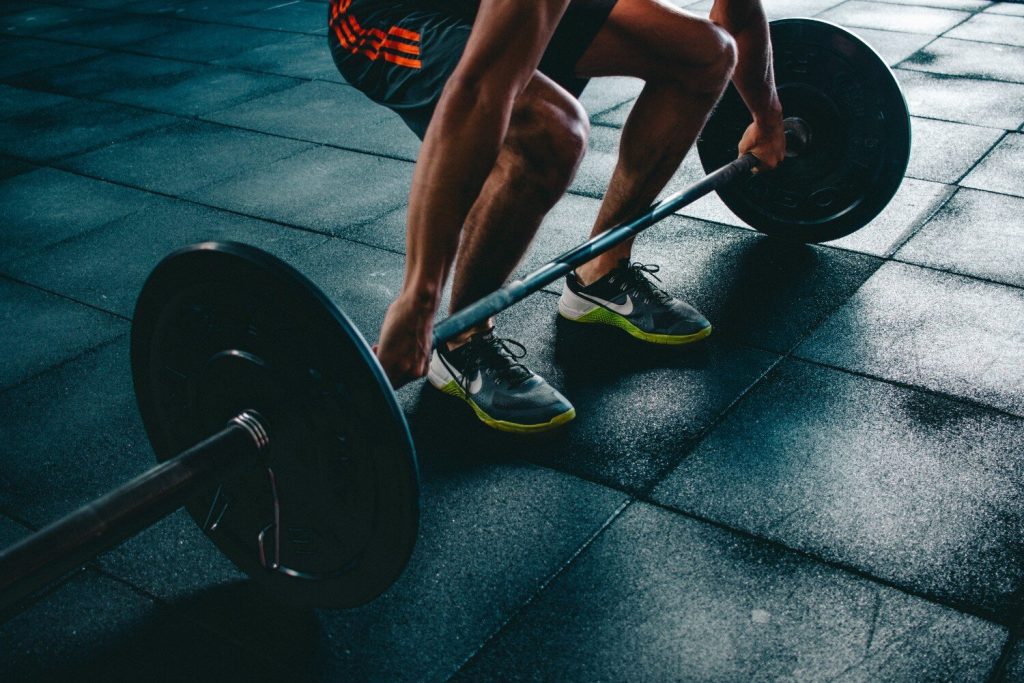Running injuries are common, especially overuse injuries, often caused by training errors and poor biomechanics. Strength work has been shown to aid running economy, biomechanics and by extension reduce the likelihood of injuries.
common running injuries include
1. Runner’s Knee (Patellofemoral Syndrome): Pain in the front of the knee or around the kneecap, often an overuse injury in sports involving running, sometimes linked to weakness in the hips or knee muscles.
2. Achilles Pain: Inflammation of the tendon connecting the calf muscle to the heel that often occurs after increasing mileage or intensity.
3. IT Band Syndrome (Iliotibial Band Syndrome): The iliotibial band, a thick band of tissue running from the hip to the shin, can cause pain on the outer side of the knee.
4. Shin Splints: Pain along the shinbone (tibia) due to inflammation of the muscles, tendons, and bone tissue.
5. Plantar Fasciitis: This involves inflammation of the plantar fascia, a thick band of tissue connecting the heel bone to the toes. Can cause sharp pain in the heel or arch of the foot, especially in the morning.
How can we help?
At Momentum we work with runners at varying levels across the Clinical, Rehab and Strength and Conditioning team. To gain a better understanding of an individual’s gait and running economy we often look at an individual’s running biomechanics using Runeasi technology.
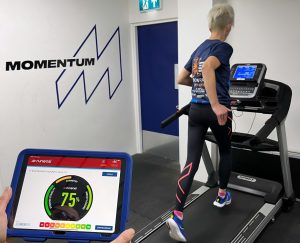
What is Runeasi?
Runeasi is a trunk mounted 3D accelerometer that provides biomechanical feedback on running gait. Runeasi can be used when running indoor and outdoor providing data on running symmetry, impact loading and dynamic stability.
These values are used to provide an individual with a score as a percentage of running efficiency alongside more in depth analysis for each limb such as; stability measures, impact loading, ground contact time and cadence.

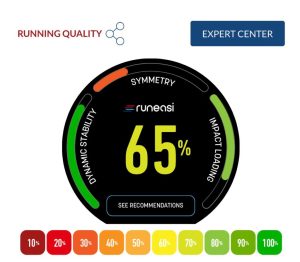
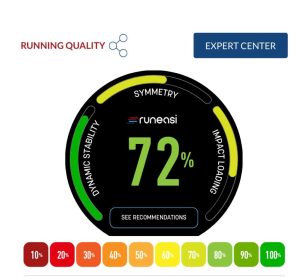
How can Runeasi help you?
- Its quick: In just 10 seconds we can gather enough scientific data on the Runeasi to provide us with advanced running gait analysis.
- Bespoke training recommendations: Tailor exercises and training specifically to you and how you run.
- Injury avoidance and recovery: Reduce the risk of impact injuries and objectively measure when you can return to running with the lowest risk of re-injury.
To run efficiently and optimise force transmission, runners need to control the stability of the trunk and pelvis under dynamic conditions. Runners who lack such stability will exhibit increased mediolateral movement at the pelvis. Runeasi uses this side-to-side shift at the pelvis as a measurement of an individual’s dynamic stability in the stance phase of running gait. Factors that are thought to influence this lateral deviation at the pelvis includes;
- Hip and shoulder coordination
- Weakness of the hip muscles
- Foot biomechanics
- Ankle stiffness
- Pelvic control
As part of our service offering at Momentum, we deliver a series of running workshops aimed at improving running performance and biomechanics focussing on these key elements.
Our Foundations of Running Workshop runs over 6 weeks covering;
- Review baseline function and capacity
- Initial ‘run score’ assessment on the Runeasi
- Control and single leg stability
- Performance Pilates for runners
- Global pelvic control
- Integration of stability into run specific movement and drills.
After completing the 6-week programme over 70% of athletes have seen an improvement in their Runeasi score.
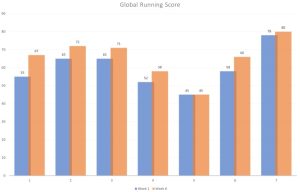
Book in with John, Carl or Kate for an assessment to start improving your running efficiency and reduce recurring injuries.
